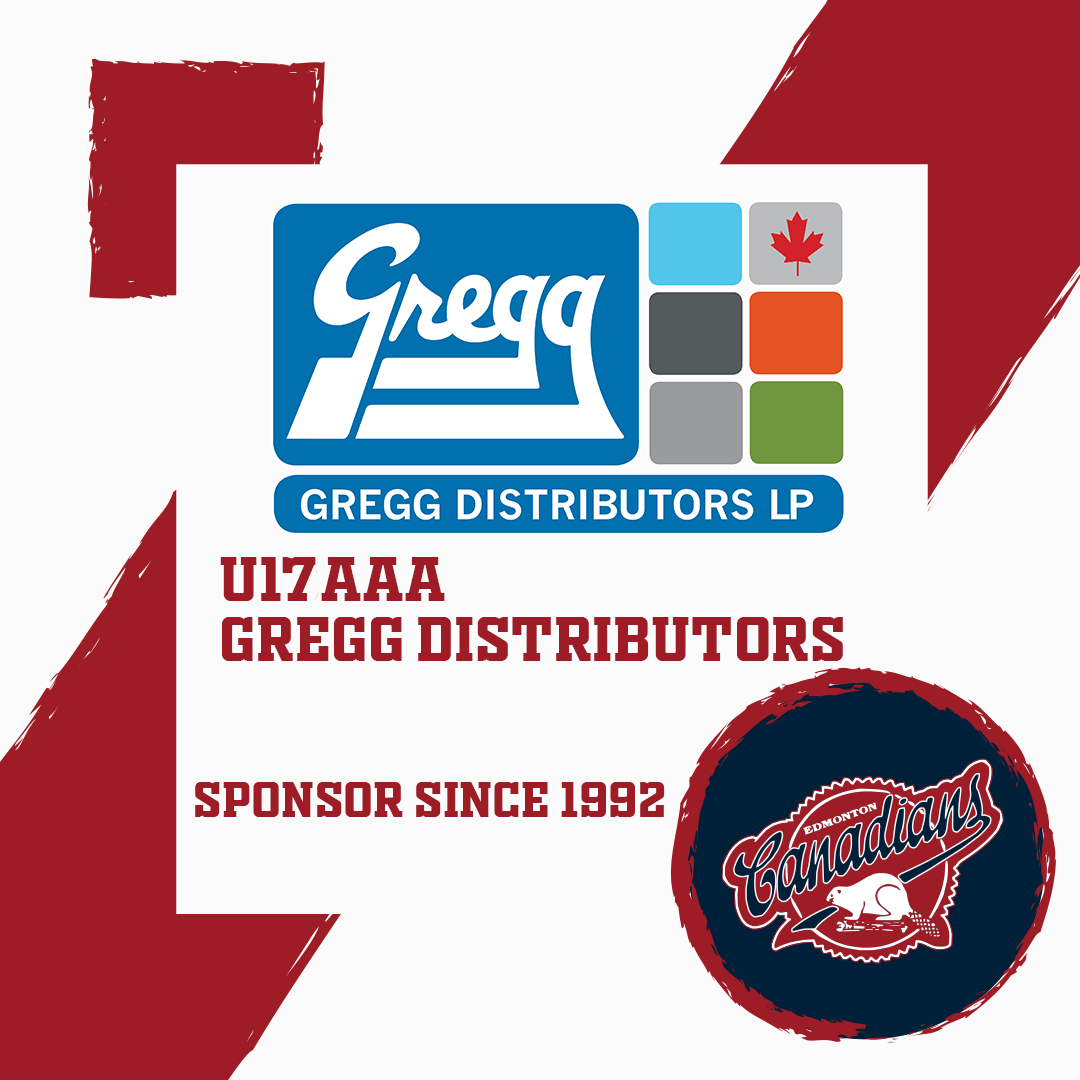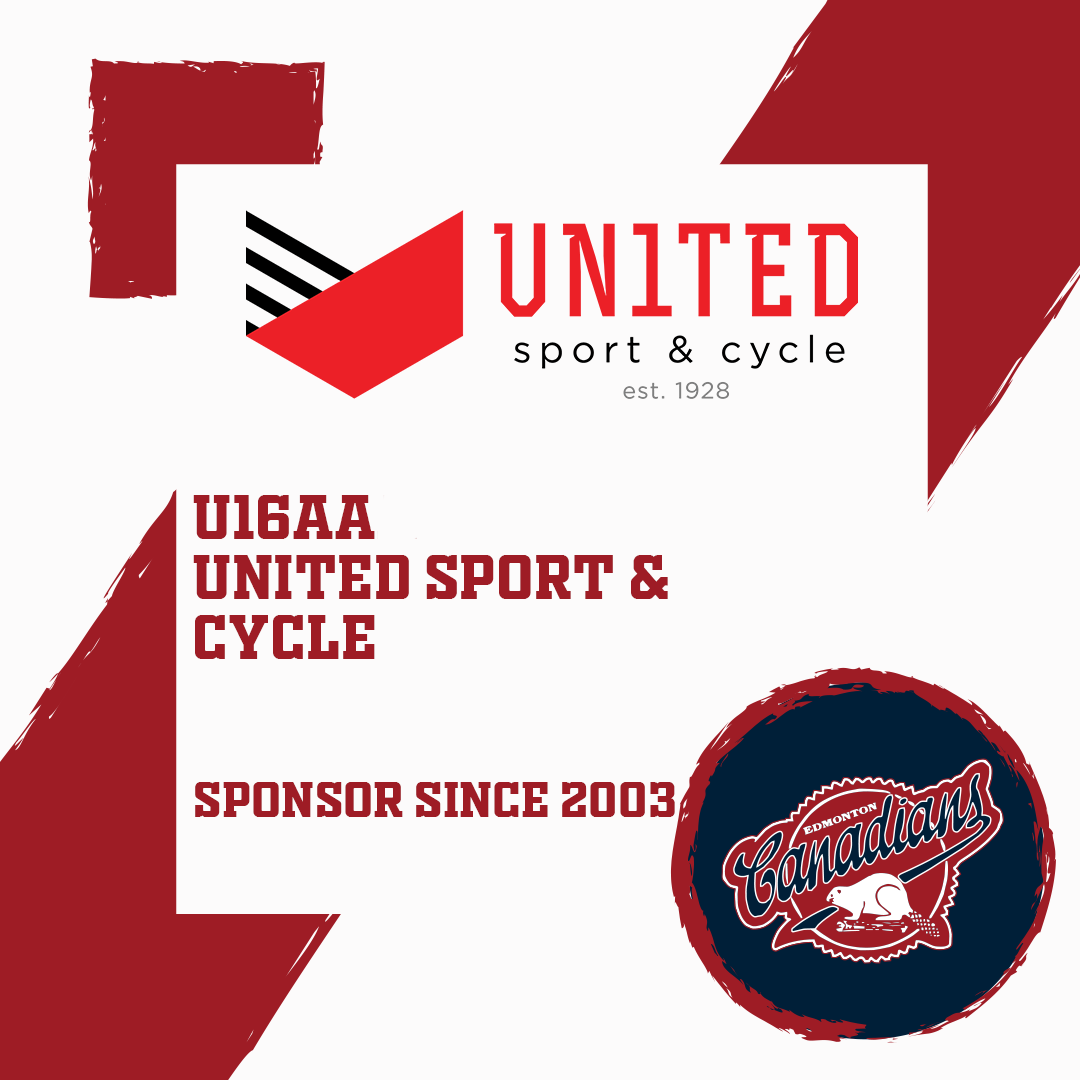CAC Hockey Blog


to the Following
CAC Players
Drafted to the WHL
Daniel Baker - Drafted by Medicine Hat
Justin Hall - Drafted by Lethbridge
Adam Hall - Drafted by Lethbridge

Daniel Baker
CAC BAAA Lehigh Cement
Won Defenceman of the Year
North division in the AMBHL
WAY TO GO!
Congratulations CAC Butchers & Packers
- Undefeated in 6 Games -
Winners of the 2016 Presidents Day Invitational
16/17AA Division!!

Vote For Hobey - Fan Vote
FORMER CAC PLAYER

SPENCER FOO
HAS BEEN NOMINATED FOR THE
HOBEY BAKER AWARD

| | |
| |
CAC Players, Parents and Members
Cast your votes
Good Luck Spencer!
The first part of the selection process for the award is the head coaches of NCAA Division I schools nominate the top three players in their league and the top three players in the nation. This is where you, the college hockey fans, can also vote online at this time-and fan voting can be an important factor in the balloting outcome. Price Waterhouse Coopers tabulates the votes and the top 10 candidates are announced.
From Changing the Game Project
www.changingthegameproject.com
 | |
| |
Here at the Changing the Game Project, we believe that the role of parents is to help children find whatever they are passionate about in life, to help them dream big and set out to achieve those dreams. If kids are going to play their best, they need a high performing mindset. We help them create this by implementing what I call the "7 Cs of a High Performing Mindset." They are:
- Common Sense and Perspective: In other words, see the big picture. Decide what are the goals of playing youth sports, and what do you want your kids to get out of them. Forget things like state titles and scholarships, and focus upon core values such as confidence, integrity, and commitment. Then find them a place where they can learn those values, and never lose sight of those goals along the journey. Be the adult that your child needs in their life to keep it all in perspective.
- Safe and Developmentally Appropriate Conditions: Learn about the best practices for Long Term Athletic Development (LTAD) and developmentally appropriate environments, and then seek out a sports environment that is physically, mentally and emotionally appropriate, and safe, for your child.
- Great Communication: the basis of any positive parent/child and coach/child relationship is communication.
- Give them Control: as your kids grow up and mature, you cede more control over their decisions to them, but that does not mean you cannot start them young. Notice what your five year old likes, and then help them choose a sport. As they grow older, get to know what their goals are, help them form process and long term goals, and learn to accept theirs and not to force your goals upon them. Teach them about commitment, but let them go and seek their own sports destiny.
- Competence: children learn best when they see the results of their hard work. You will learn how to ensure your child feels competent and capable as they learn a new sport, or progress to a new level in a current one. Education is a process that requires trial and error, failure and success, so allow your children to fail and be patient as they learn.
- Confidence: acquiring skill helps a child become confident, and confident children pursue their interest with more vigor, authority, and passion then children who do not believe in themselves. Learn how your actions (and inactions) can help your child become confident.
- Caring and Unconditional Love: a child must never think that your love for them is conditional, and based upon performance in sports. Your love must be unconditional, and your words, your actions, and your emotions must reflect your love no matter the situation before you. Become your childs #1 fan.
On your left you will see the different sections, as we outline age appropriate development, and teach you about the 7 Cs. There is also a Resources Page where we outline the best websites, books and DVDs we have found on the subject of coaching and sports parenting.
Good luck on your journey as a sports parent, and remember that you are not alone in your triumphs, and your frustrations. We hope you will pass our site onto your friends and family, and stay involved in our community by joining us on Facebook, or posting on our blogs. Better yet, Join Our Email List Below, and we will send you a free booklet on Great Communication Strategies. However you participate, please know that just by being here, you are:
Changing the Game for Todays Young Athletes!
September 9, 2014
The Power Of Practice
The Benefits Of A Well-Crafted Practice Far Outweigh What Can Be Gained In A Game
By: Harry Thompson
In the words of Allen Iverson, when it comes to skill development we are definitely talkin' about practice. Not a game. Not a game. We're talkin' about practice.
While Iverson's anti-practice rant may be taken a little out of context for the sake of this argument, the message still drives home an important point.
When it comes to skill development, especially at the younger age levels, the best way to improve is not by playing more games than an NHLer, but through station-based practices. The number of puck touches and constant activity that take place in a well-run 50-minute practice far outweigh what transpires in a game.
"One properly-run practice is the equivalent of 11 games when it comes to puck touches," says ADM Regional Manager Ty Hennes.
Think this is just one person's opinion? Just look back at the puck possession study that USA Hockey conducted in 2002 during the Olympic Winter Games in Salt Lake City and the USA Hockey Tier I Youth National Championships to see how much time even the best players had the puck on their stick.
At the Olympic level, observers followed superstars like Tony Amonte, Joe Sakic and Mike Modano, who averaged 1 minute and 7 seconds with the puck. At the youth level, the best players, including Phil Kessel and Zach Parise, possessed the puck an average of 1:06 per game.
On the other hand, a well-run station-based practice keeps kids moving and working on their skills. There are more puck touches and more for players to work on their skills. In short, there's more of everything, including more fun.
Add to the mix small-area games, which work on vital skills in confined spaces that require players to think and act quicker, and you have the makings of a winning formula.
"One of the fastest ways to make a kid lose the passion for anything is not getting them involved," says two-time Olympian Guy Gosselin, who works as an ADM regional manager in the upper Midwest.
"Touching the puck for a minute-plus in a game is not really being involved. You can get 30 minutes of puck-touch time in a station-based practice. That not only helps build their skills, but it's a lot of fun."
A glance at the My Hockey Rankings website shows that some Peewee teams play almost as many games as an NHL team, and definitely more games than any U.S. college program. Not only does that not help with individual skill development, but playing too many games at too young an age can also lead to burn out.
"It's not what league they play in or what team they're on or how many tournaments they play. Their training model is really the dictator of development," says Roger Grillo, a former Div. I college coach who crisscrosses New England in support of the ADM.
USA Hockey recommends that teams follow a 3:1 practice-to-game ratio. If teams play 70 games, as several Peewee teams did last season, that means they would need to hit the practice ice more than 200 times. That would put a youth player on the ice every day from the beginning of August until the end of March. And twice on Sundays.

It's not just practicing but the right type of practice that will yield the best results.
One of the driving factors that has shaped the current competition-heavy model is that parents don't want to sit around and watch their sons and daughters doing a bunch of drills. They want to see them play games, where there is a winner and a loser, a scoreboard and a clock.
"Unfortunately, most people look at practice like it's something that you have to do rather than embracing it as a quality experience," Grillo says.
"The challenge is one where we have to make sure that we're creating practices that are not only providing players with the quality repetitions, but they're having fun doing it. Practice for little kids shouldn't be like eating broccoli but more like eating pizza."
So yes, we are talkin' about pizza. And practice.










